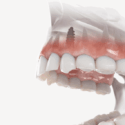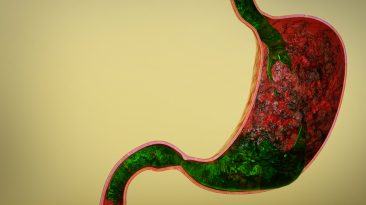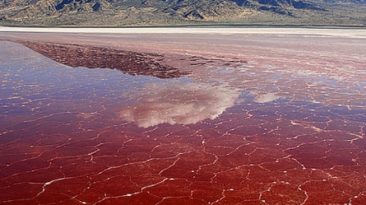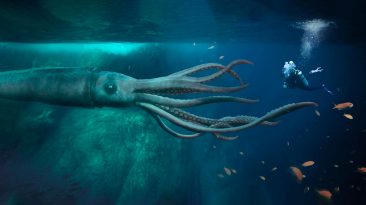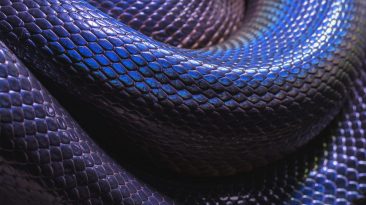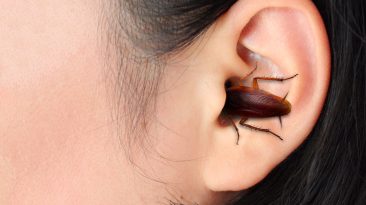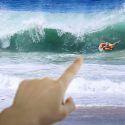How would your body change? How would you avoid mid-air collisions? Would cars and planes still exist?
I want to make it clear that when I talk about flying, I mean real flying. No hoverboards, or jetpacks, or personal aircraft. But real flight, controlled by wings. Your wings.
And it’s not just you, the entire human race has wings. Everyone can fly. That is, if they want to.
Flying is an energy intensive activity. We’d still choose to walk, bike, and drive sometimes. And some people simply won’t have the necessary strength or body weight to take off.
But let’s assume that instead of driving to work, you like to fly. It’s great exercise, and there’s no better way to start your day. But your morning routine would need to change. How?
Hopefully you’re a morning person, because taking care of wings is no small task. You’d want to groom your wings, making sure no feathers are damaged or out of place.
And you’ll have a lot of feathers. One of the reasons birds can fly is because their wingspan is balanced with their body size. For humans, this means we’d need an average wingspan of 6.7 m (23 ft).
This would vary depending on your height and weight. But still, there would be a lot more of you to take care of. After you’ve groomed yourself, you’d need to eat a huge breakfast.
There’s no skipping this meal if you want to fly. It takes an extreme amount of energy to stay in the air. So you’d need to be eating like an athlete, because you’re going to be burning through tons of calories on your way to work.
But a large wingspan and extra calories aren’t all you’d need to be able fly. Like a bird, you’d need some serious chest strength. A hummingbird’s chest muscles make up 20% of its total mass.
For you to have the same sort of muscular strength, your chest would have to be twice the size of a pro bodybuilder. And you’d need to make another major change. To create the necessary balance between wingspan, body weight, and wing strength, your bones would need to be stronger and lighter.
One thing that would help is if your clavicles, which make up your collarbone, were fused to create a wishbone. You’d look a lot different than you do now. And because of all that muscle, your next step would be to stretch.
Once you’re warmed up, you’d head to the nearest launch pad. Like Argentavis magnificens, your wings would be too large to flap. This giant bird lived 6 million years ago, and had a similar height and weight to an adult human.
To get airborne, it had to run downhill into a headwind, then take off, and glide. You’d have to do something similar. Along with train stops or bus stops, your transportation centers would also have large flying ramps.
Now, the moment you’ve been preparing for, flight. As wind passes over your wings, it creates lift. As long as the lift is stronger than gravity, you’ll stay in the air. The heavier you you are, the larger the force of gravity. So heavier people must generate a larger lift.
Friction and turbulence will slow you down, meaning less wind and less lift. You’ll need to counter this friction by flapping your wings. This creates thrust. Lift and thrust are the physical forces that allow birds, and now you, to fly.
It’s a crowded day up in the skies, so you need to be constantly aware of your surroundings. Flying accidents do happen, and from this height, they’re usually fatal. Birds have a faster nervous system than humans, which is why they rarely collide. But you’d have to use a mobile computer to help alert you of oncoming traffic.
The traffic laws in the air would differ from those on the ground. You’re not a hummingbird, so you can’t stop in midair. Instead, you’d have to take a pre-approved flight path, and fly at a specific speed. As long as everyone is flying at the same pace along the same paths, you should be safe.
Flying would be a great alternative to driving for your daily commute. A single car emits around 3,000 kg (6,613 lb) of carbon dioxide a year. If people were able to fly instead of drive, we’d reduce the amount of greenhouse gas released from transportation. This would create cleaner skies and better air.
Sources
- “If We Only Had Wings”. Nancy, Shute. nationalgeaographic.com.
- “Q&A: Why Can’t Humans Fly?”. Marathe, Payal. 2020. Yale Scientific Magazine.
- “Altitude-Oxygen Chart By Higher Peak”. 2020. Altitude Tents And Altitude Training Systems By Higher Peak.
- “The thought experiment: What would happen if humans grew wings?”. BBC Science Focus Magazine.
- “Nature Curiosity: How Do Birds Learn To Fly?”. 2019. Forest Preserve District Of Will County.
- “How Many Passengers Can A Boeing 747 Hold?”. reference.com.
- “How Fast Do Commercial Aeroplanes Fly? | Flightdeckfriend.Com”. flightdeckfriend.com.
- “How Fast And High Do Birds Fly?”. 2020. web.stanford.edu.







